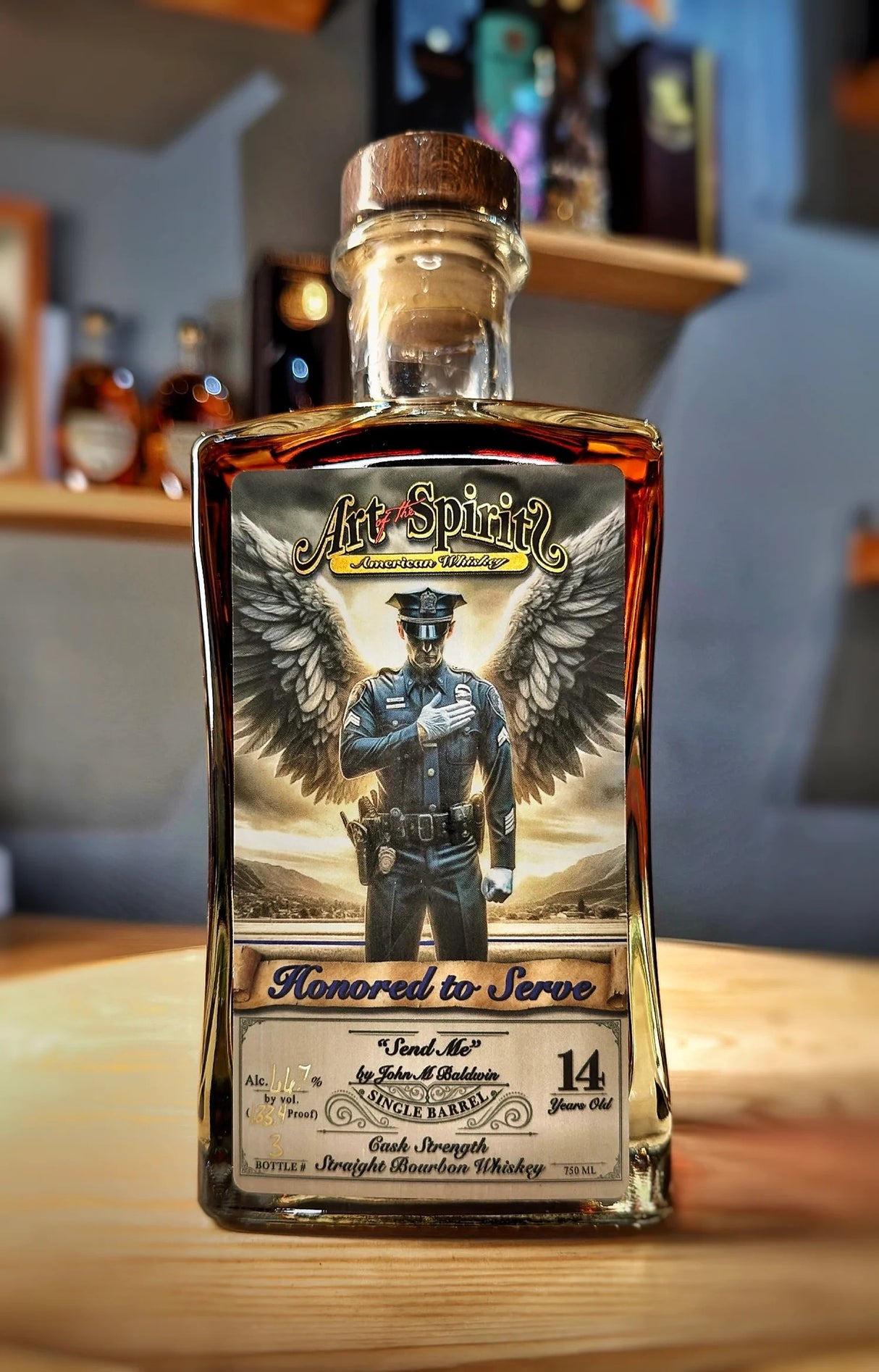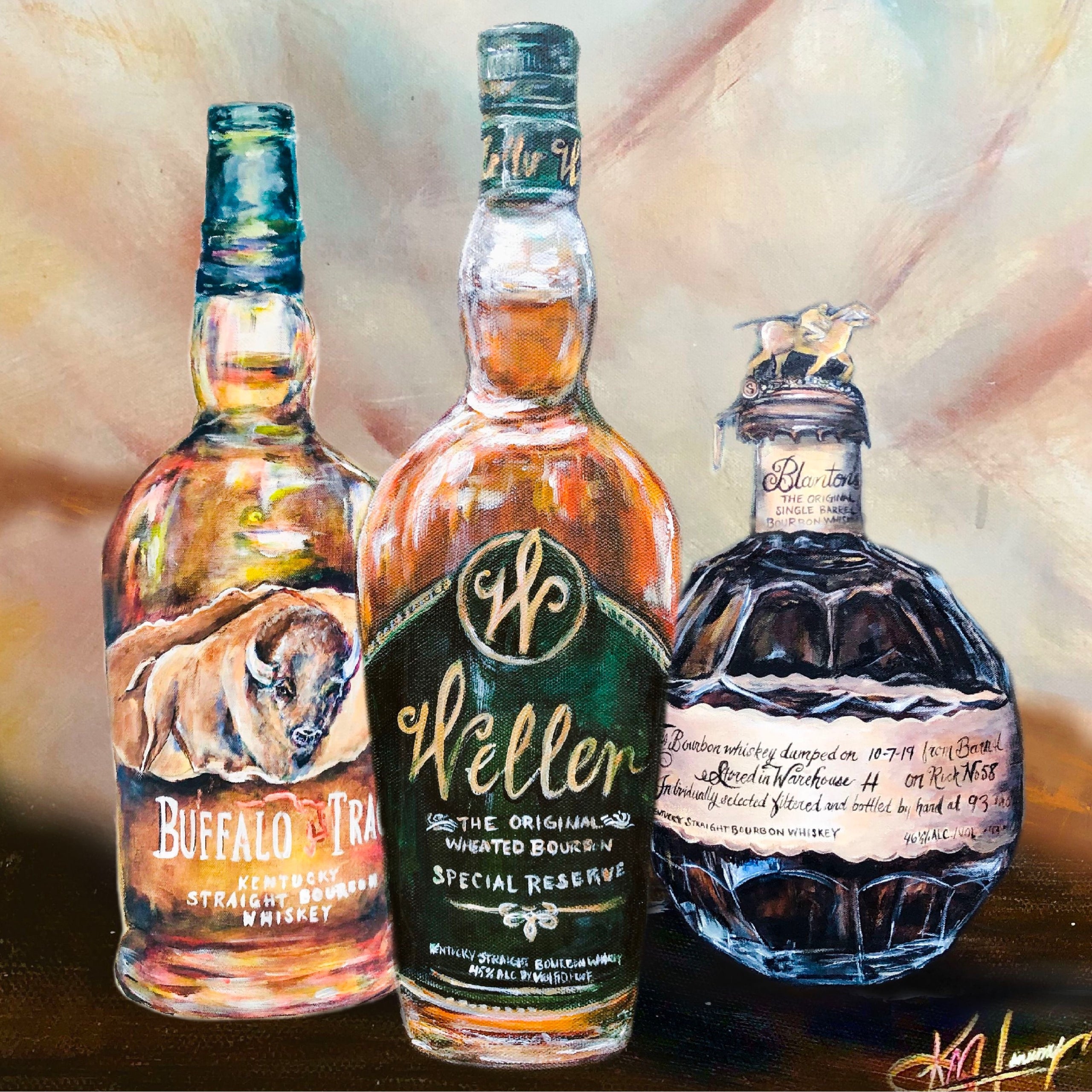Transform Your Space with Stunning Whiskey Art Inspired by Nature
Transform Your Space with Stunning Whiskey Art Inspired by Nature
Blog Article
The Value of Whiskey Art in Celebrating Heritage and Craftsmanship in the Beverage Industry
The intricate partnership between whiskey art and the event of heritage and craftsmanship within the drink market can not be overstated. With thoughtfully created labels and containers, whiskey brand names encapsulate their historic roots and the artisanal skills that specify their production approaches.
The Historical Origins of Whiskey
At the heart of bourbon's appeal exists a rich tapestry of historic origins that trace back to old civilizations. The beginnings of bourbon can be linked to the purification practices of the Sumerians and Babylonians around 2000 BCE, where early kinds of fermented grain beverages began to arise. However, it was in the Center Ages that the art of distillation developed dramatically, especially in Ireland and Scotland, bring about the creation of scotch as we recognize it today.
The term "whiskey" itself originates from the Gaelic word "uisce beatha," meaning "water of life." This expression highlights the social importance of scotch in Celtic cultures, where it was frequently connected with routines, parties, and public bonding. By the 15th century, distillation became an acknowledged craft within monastic neighborhoods, leading the way for the establishment of legal distilleries.
As trade routes expanded, scotch's popularity grew, transcending local borders and recording the interest of connoisseurs worldwide. Bourbon Art. This historical journey reflects not just the workmanship behind bourbon production yet additionally its important duty in social and social contexts, noting it as a considerable beverage throughout history
Artistic Expression in Branding
Whiskey branding stands as an engaging junction of virtuosity and business, where visual identity plays an important function in shaping customer assumption. The looks of bourbon tags, packaging, and marketing products mirror not only the brand's tale however also its core worths and heritage. Through artistic expression, distilleries share a narrative that resonates with customers, stimulating emotions and triggering links.
Using color, typography, and images in branding serves to set apart items in a saturated market. For instance, conventional concepts may stimulate a feeling of authenticity and workmanship, while modern styles can signify technology and forward-thinking. This calculated artistic direction boosts brand recognition and commitment, enabling customers to forge an individual partnership with the whiskey they select.
In addition, artistic expression in branding commonly works as an event of regional heritage. Distilleries frequently include regional signs or historic references into their styles, producing a feeling of place that invites customers to partake in a wider social experience. Inevitably, the artistry behind whiskey branding not only improves aesthetic allure yet likewise improves the total narrative of the brand, fostering a deeper recognition for the workmanship and heritage ingrained in each container.
Workmanship in Container Design
The creativity obvious in scotch branding expands past aesthetic identification to incorporate the workmanship associated with container layout. Each bottle acts as a vessel not simply for the spirit within, however additionally for the tale it outlines its tradition, quality, and beginning. The design procedure calls for thorough focus to information, as aspects such as closure, material, and shape add dramatically to the total understanding of the scotch.
Craftsmanship in container layout includes selecting top quality glass this link that can enhance the bourbon's color and clarity, while additionally supplying a tactile experience for the customer. The shape of the bottle must be both cosmetically attractive and functional, usually showing the heritage of the brand. Several distilleries select distinct forms or embossed logo designs that evoke a feeling of authenticity and background.
Additionally, the label layout and typography play an essential role in interacting the brand's story. Bourbon Art. A well-crafted container not only mesmerizes the consumer's eye however additionally strengthens the brand name's commitment to top quality and practice. By doing this, the workmanship of bottle layout becomes a crucial aspect of the bourbon experience, merging virtuosity with a profound regard for heritage
Social Importance of Bourbon Art
Celebrating custom and workmanship, the cultural importance of bourbon art goes visit this site right here beyond mere looks, intertwining with the social and historical stories of the regions from which it comes from. Each container works as a canvas, portraying the special tales, folklore, and customs that have actually formed local whiskey-making practices. The complex layouts often show the heritage of the distillers, integrating symbols and motifs that resonate with the culture and values of their neighborhoods.

Furthermore, whiskey art plays an essential role in public events and parties, functioning as a concrete web link between people and their shared experiences. By valuing the virtuosity in whiskey product packaging, customers cultivate a much deeper understanding and respect for the craft, ultimately enhancing their satisfaction of the drink itself.
Modern Trends in Scotch Discussion
Recently, the presentation of whiskey has progressed to mirror contemporary tastes and fads while still recognizing conventional workmanship - Realism Art. Distilleries are increasingly concentrating on aesthetic aspects that boost the total drinking experience, bridging the void between heritage and modernity
Ingenious bottle styles have actually arised, usually incorporating sustainable materials and artistic labels that tell compelling stories. Lots of brand names currently team up with neighborhood musicians, instilling their items with special aesthetic expressions that reverberate with customers. In addition, limited-edition launches are often packaged in collectible containers, adding value and allure for aficionados.

Conclusion
In conclusion, whiskey art serves as a vital conduit for sharing the heritage and workmanship integral in the drink market. Through elaborate branding, innovative bottle designs, and culturally significant imaginative components, scotch brands effectively recognize their practices and link with consumers.


Craftsmanship in container style involves picking high-grade glass that can improve the scotch's color and quality, while likewise offering a responsive experience for the customer. In this means, the craftsmanship of bottle layout ends up being an important facet of the scotch experience, merging virtuosity with a profound regard for heritage.
In final thought, whiskey art offers as a crucial conduit for sharing the heritage and workmanship intrinsic in the beverage market.
Report this page